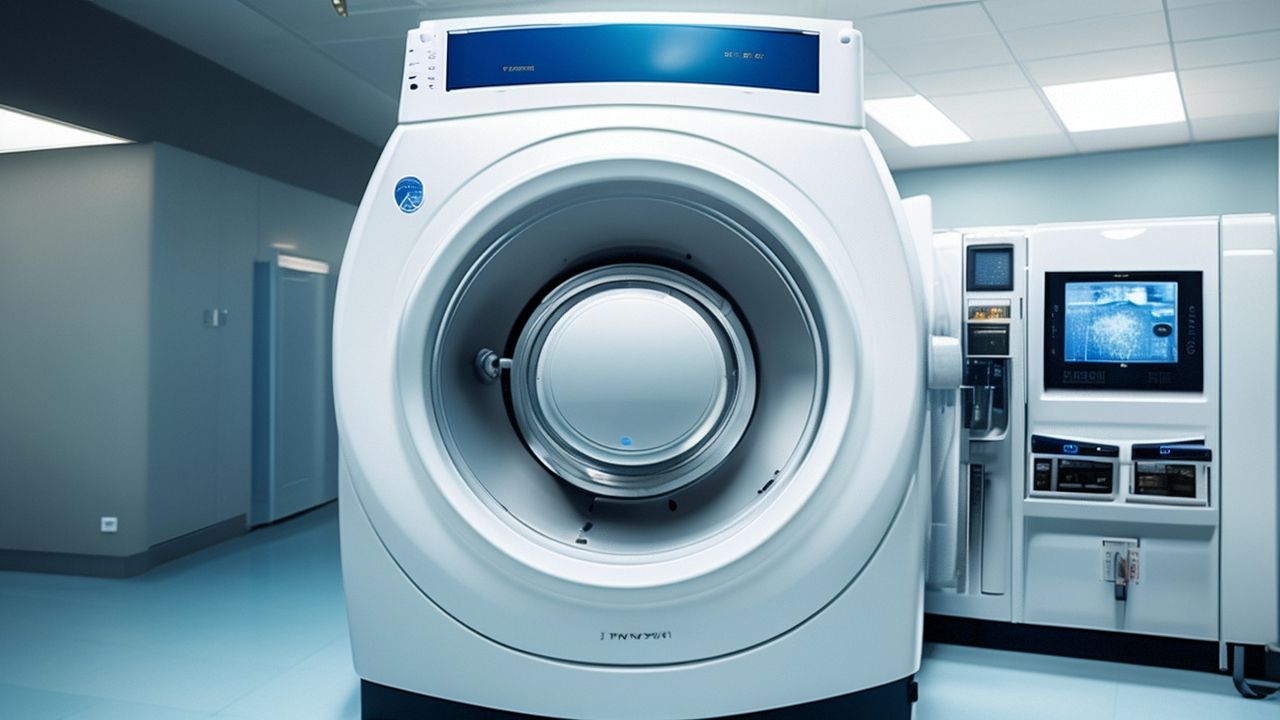what are the long-term side effects of rosuvastatin
Lovastatin is one of the earliest discovered and developed statin drugs in the world. Its primary mechanism of action involves competitively inhibiting an enzyme in the cholesterol synthesis pathway, leading to a reduction in low-density lipoprotein cholesterol synthesis, thereby effectively preventing the occurrence of arteriosclerosis and coronary heart disease.

lovastatin side effects (what are the long-term side effects of rosuvastatin):
- The most common adverse reactions to this medication include gastrointestinal discomfort, diarrhea, and bloating, with others including headache, rash, dizziness, blurred vision, and taste disturbances.
- It may occasionally cause a reversible increase in blood aminotransferase levels. Therefore, liver function should be monitored.
- Less common adverse reactions include erectile dysfunction and insomnia.
- Rare adverse reactions include myositis, myalgia, and rhabdomyolysis, characterized by muscle pain, weakness, fever, elevated blood creatine phosphokinase, and myoglobinuria. Rhabdomyolysis can lead to renal failure but is rare. The concurrent use of this product with immunosuppressants, folate derivatives, niacin, gemfibrozil, erythromycin, etc., can increase the risk of myopathy.
- There have been reports of hepatitis, pancreatitis, and allergic reactions such as angioneurotic edema.
Contraindications (what are the long-term side effects of rosuvastatin):
- Patients allergic to lovastatin are prohibited from using it. Caution is advised for those allergic to other HMG-CoA reductase inhibitors.
- It is contraindicated in patients with active liver disease or unexplained persistent elevations in blood aminotransferases.

Precautions (what are the long-term side effects of rosuvastatin):
- Blood cholesterol and blood creatine phosphokinase should be regularly checked during medication use. Those with a history of liver disease should also regularly monitor liver function tests when using this product.
- If blood aminotransferase levels increase to three times the upper limit of normal, or if there is a significant increase in blood creatine phosphokinase or manifestations of myositis or pancreatitis, use of this product should be discontinued.
- When using this product, attention should be paid to the possibility of renal failure secondary to rhabdomyolysis under conditions such as hypotension, severe acute infection, trauma, metabolic disorders, etc.
- The dosage should be reduced in patients with renal dysfunction.
- This product should be taken with meals to facilitate absorption.
- Dietary therapy remains the primary method of treating hyperlipidemia, and when combined with exercise and weight reduction, surpasses any form of drug treatment.
Drug Interactions:
Lovastatin, when used in conjunction with other lipid-lowering drugs such as bile acid sequestrants, niacin, fibrates, etc., can enhance its effect but also increase the risk of myositis; with anticoagulants like warfarin, it can increase the risk of bleeding; with antifungal drugs like itraconazole, ketoconazole, or antibiotics like erythromycin, clarithromycin, it can inhibit the metabolism of lovastatin, increasing its plasma concentration and adverse reactions; with grapefruit juice, it can inhibit intestinal wall CYP3A4, increasing the absorption and plasma concentration of lovastatin.
Dosage (Adult Standard Dose):
- For patients with mild to moderate hypercholesterolemia: The starting dose is 10mg once a day, taken with the evening meal. The standard dose is 20mg per day, taken in 1-2 doses. If dose adjustment is needed, it should be done at 4-week intervals, with a maximum dose of up to 80mg per day, taken in 1-2 doses. When LDL-C drops below 75mg/dl (1.94mmol/L) or total cholesterol (TC) drops below 140mg/dl (3.6mmol/L), the dose should be reduced.
- For coronary arteriosclerosis: 40-80mg per day, taken in 2 doses, when blood total cholesterol drops below 110mg/dl (2.85mmol/L), the dose may be reduced.
- Dosage for renal dysfunction
- Dose should be reduced in patients with renal dysfunction.
Development Background:
Lovastatin is a medication used to treat hyperlipidemia belonging to the first generation of statin drugs. It was first isolated from the culture of Aspergillus terreus by Merck in the United States and approved by the FDA in 1987, becoming the world’s first marketed statin drug. The development process of lovastatin was not smooth sailing; from the discovery of the target to the discovery of the drug, from clinical development to market sales, the entire process took nearly 30 years.
The development goal of lovastatin was to inhibit the rate-limiting enzyme hydroxymethylglutaryl-coenzyme A reductase (HMG-CoA reductase) in the cholesterol synthesis process, thereby lowering blood cholesterol and low-density lipoprotein cholesterol levels, and preventing cardiovascular diseases such as arteriosclerosis and coronary heart disease.
Statin drugs have gone through three generations of technological updates, with the current market dominated by the third generation of atorvastatin, rosuvastatin, and pitavastatin. These drugs have superior clinical efficacy and safety and are the first choice for lipid-lowering treatment. The lovastatin industry faces fierce competition and regulatory challenges but also has broad development opportunities and potential.




